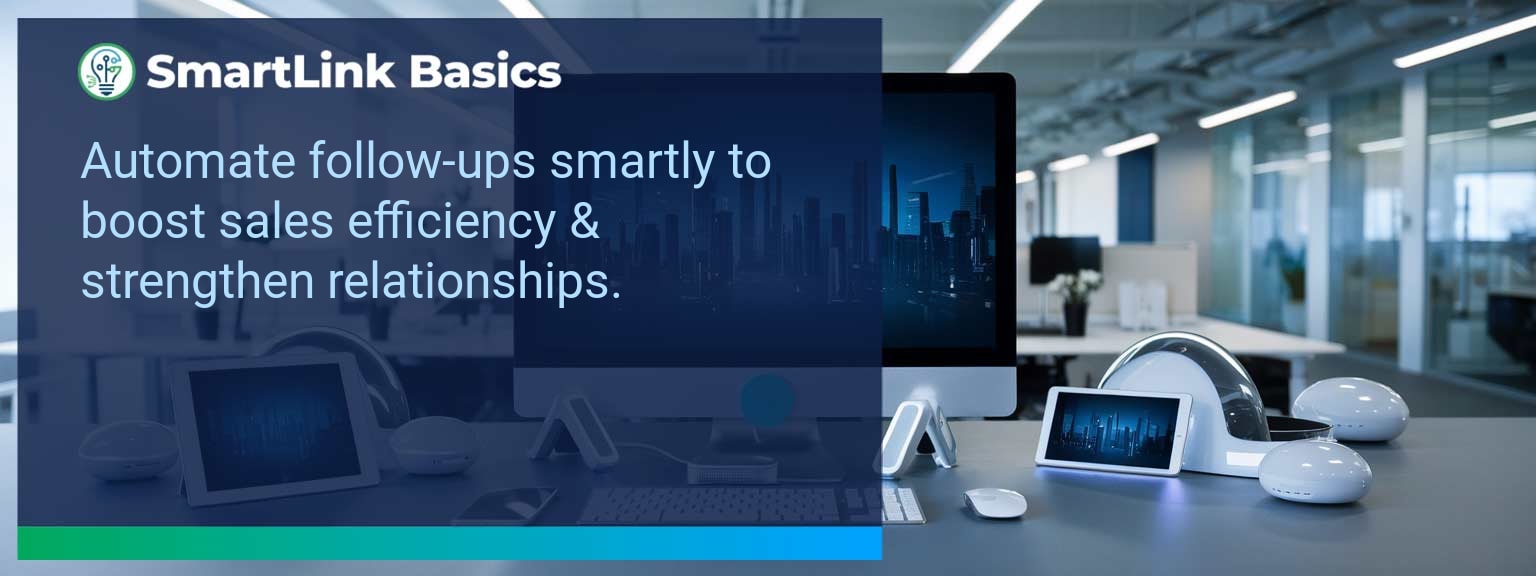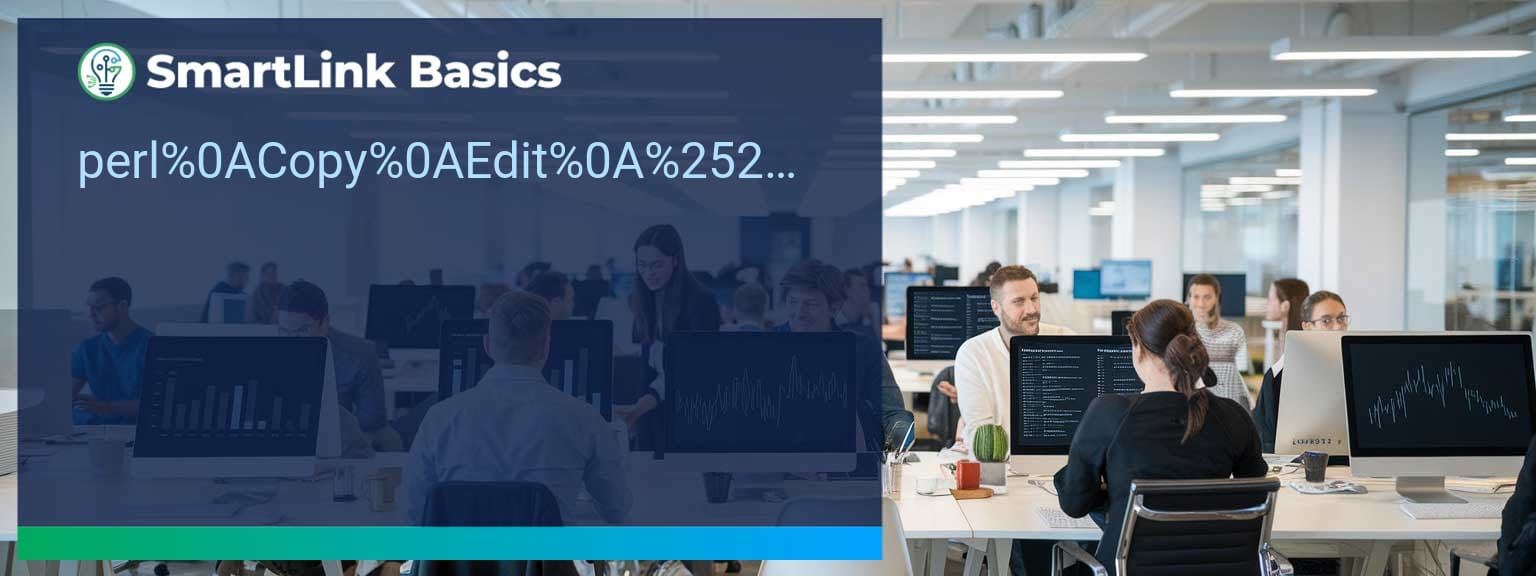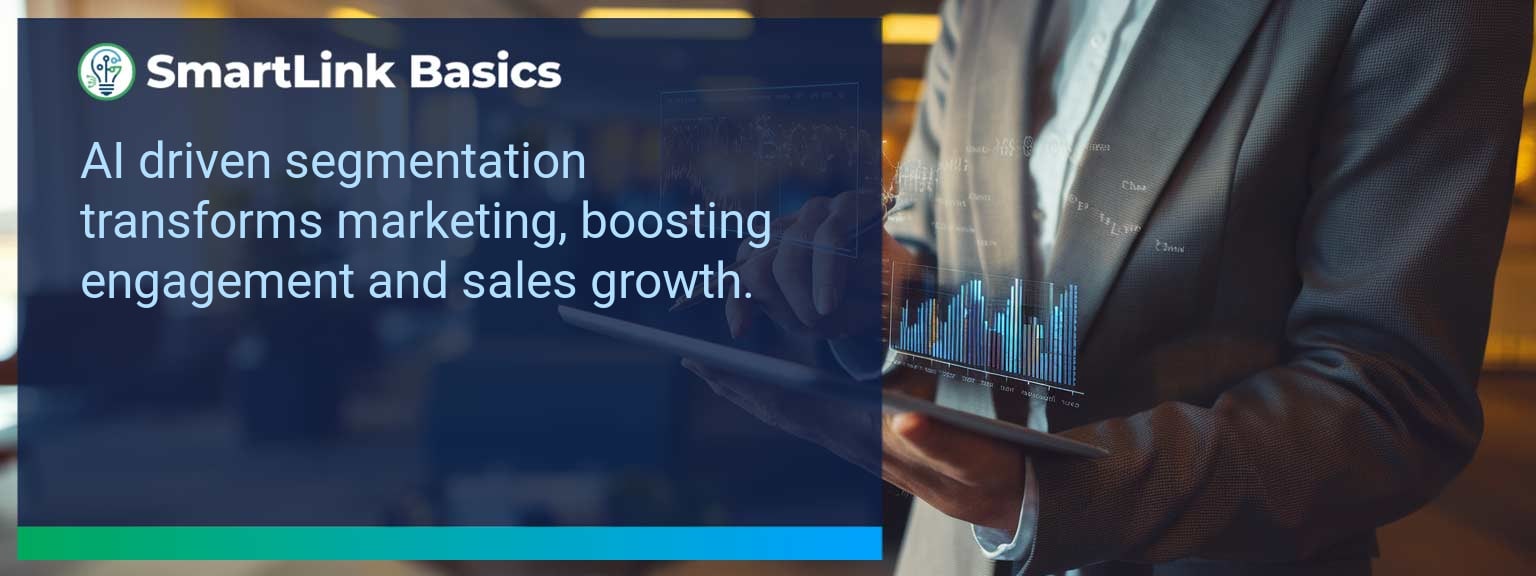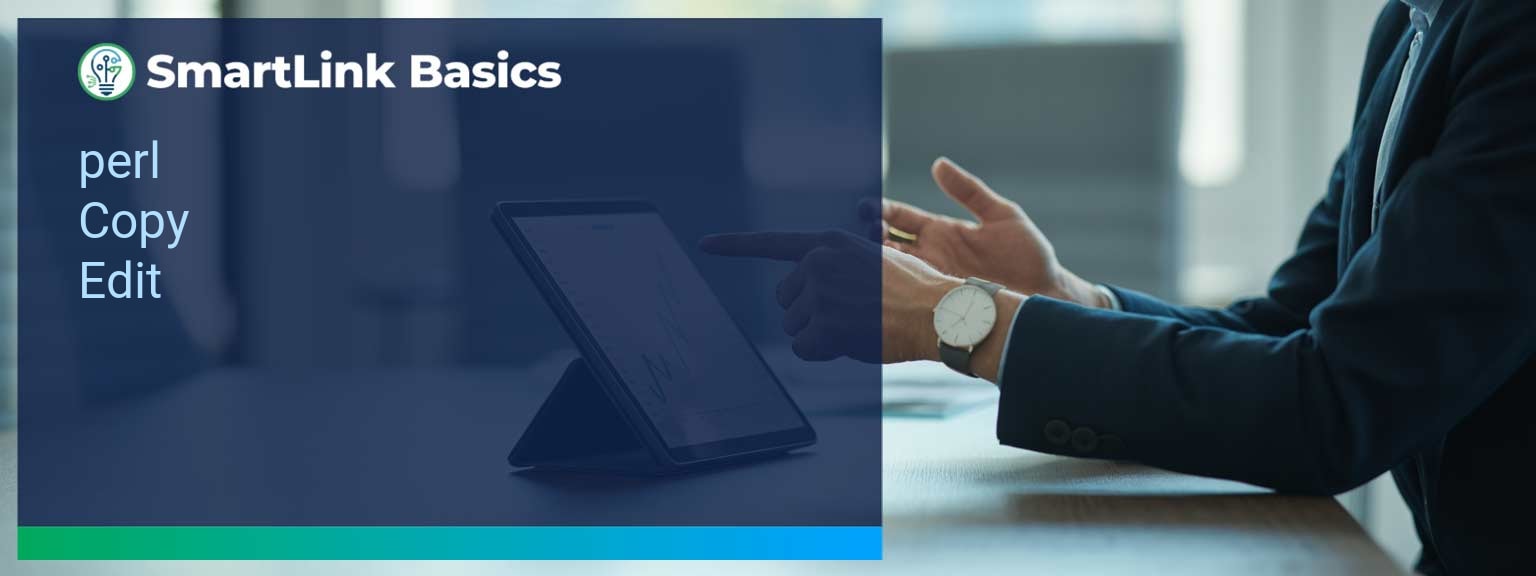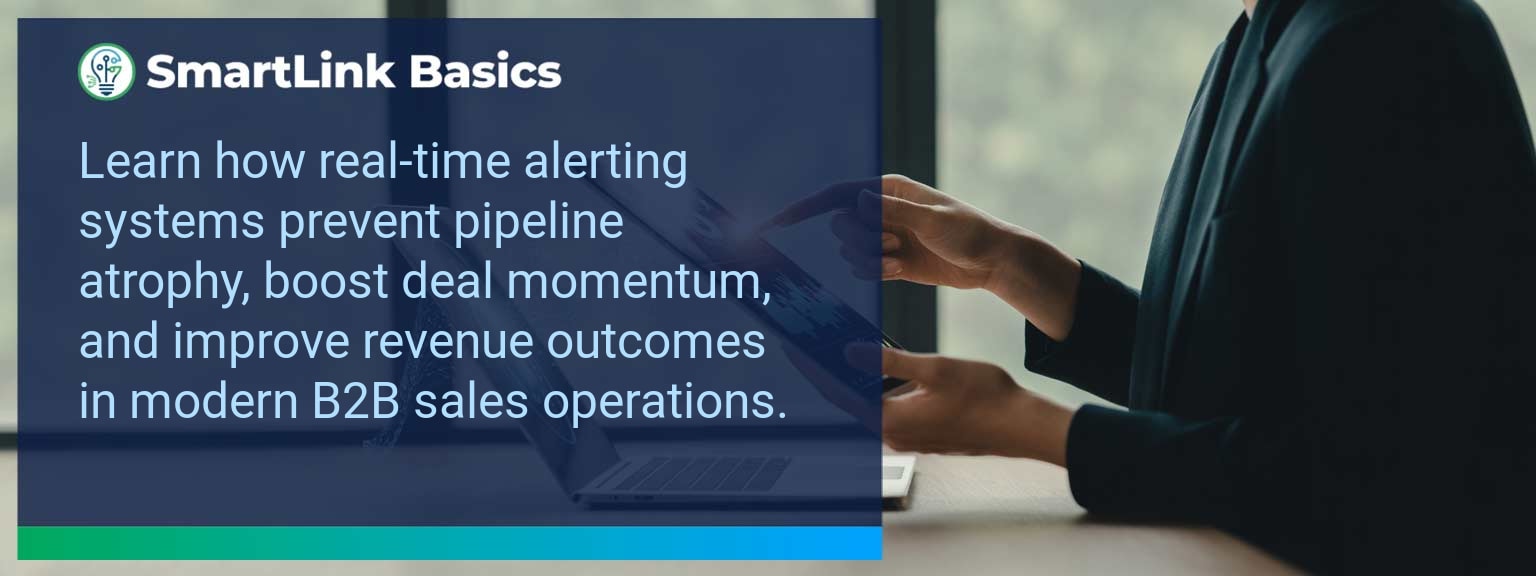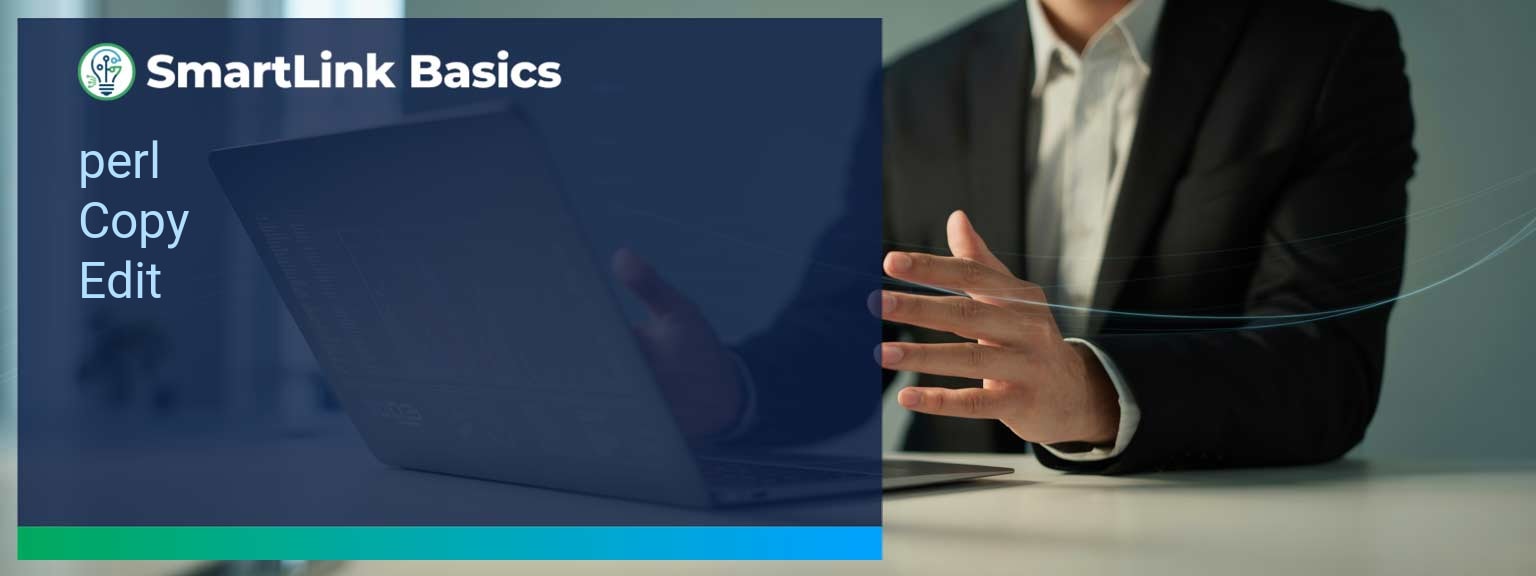Automation has redefined how sales teams communicate with customers. Yet, the challenge remains: how can teams automate customer follow-up while preserving the personal context that drives trust? At SmartLink Basics, this question anchors our leadership conversations. Modern buyers expect timely responses backed by awareness of their journey, not robotic check-ins. This post outlines a practical framework to keep automation human, relevant, and results-driven—helping decision-makers and sales leaders build scalable systems that retain the personal touch across every interaction.
- Define automation roles in your sales process and identify where context matters most.
- Use CRM automation and AI insights to tailor follow-ups dynamically.
- Segment audiences to ensure automated sales communication stays relevant.
- Establish clear metrics to measure customer engagement and message quality.
- Continuously refine automated workflows with feedback and data patterns.
Understanding the Shift to Automate Customer Follow-Up
Legacy follow-ups relied heavily on instinct and manual scheduling. As teams expanded, inconsistency crept in—leading to delayed responses and missed signals. The move to automate customer follow-up addresses these inefficiencies through CRM automation and AI-driven personalization. Automation frees teams from repetitive tasks but risks detaching communications from real customer context if implemented without clarity.
Today’s success hinges on pairing automation with contextual intelligence. For instance, when an AI-enabled CRM surfaces a note from the last conversation, the next follow-up feels deliberate and personalized rather than automated. This evolution is transforming B2B sales organizations into data-guided relationship builders rather than task executors.
Addressing The Pitfalls Of Context Loss In Automation
Automation without context is a high-speed system heading nowhere. Losing visibility into past interactions often creates tone-deaf messages that erode trust. The issue arises when automated templates ignore behavioral signals or buying stage data. To fix this, align automation logic with your customer engagement strategy—validate the sequence logic, content tone, and channel priority before triggering follow-ups.
An effective safeguard is treating automation as a guided assistant, not a replacement for judgment. Companies like HubSpot showcase this balance through context-aware CRM prompts that adjust next steps based on deal history. By prioritizing relevance, sales teams protect authenticity while operating at scale.
Leveraging CRM Systems And AI To Retain Context
CRM platforms now bridge human insight and automation precision. Leaders implementing automate customer follow-up systems should define clear data pipelines—every note, email, and meeting should connect to a unified customer record. CRM automation ensures continuity by triggering actions based on contextual data such as engagement frequency, content type opened, or previous objections logged.
Adding AI sales enablement features takes this further. Predictive models recommend ideal follow-up timing and message types, while AI-driven CRM dashboards surface buying intent scores. For instance, Salesforce Einstein enables reps to craft adaptive follow-ups using conversation intelligence. That blend of automation and context transforms reactive outreach into proactive engagement.
Redesigning the Revenue Operating System Around Automation
Rebuilding your revenue architecture demands focus on how teams capture and act on context at scale. Start by aligning CRM automation rules to customer segments, sales follow-up workflow triggers, and team cadences to ensure consistency without sounding scripted.
ICP, Segmentation, and Targeting
Define your Ideal Customer Profile and tag CRM data accordingly. Segmentation improves automated message relevance and supports personalized automation for key accounts. Tailoring automated sales communication per segment keeps content aligned with real business challenges.
Pipeline Architecture
Sync pipeline stages with automation milestones. For example, if a lead goes dormant after a demo, trigger an AI suggestion to send a resource-driven follow-up rather than a generic check-in. This aligns automation with natural buying rhythms.
Plays and Messaging
Develop modular messaging templates adaptable by trigger type—educational, renewal, or reactivation. Integrating AI copy recommendations ensures the tone remains authentic across all follow-ups.
Operating Cadence
Embed automation reviews into your weekly cadence. Teams using agile stand-ups to assess message performance adjust faster, ensuring the CRM engine evolves with customer behavior.
Measuring The Impact Of Contextualized Automation
Metrics verify whether automation drives connection or confusion. Leaders must track both system efficiency and customer sentiment. Use quantitative data for outcomes and qualitative data for perceived value.
| Category | Metric | Definition | Target |
|---|---|---|---|
| Leading | Automated Sequence Accuracy | % of automated messages aligned with buyer-stage tags | 95%+ |
| Leading | Follow-Up Response Interval | Average time between customer action and follow-up | Under 30 minutes |
| Lagging | Engagement Rate | % of customers interacting with automated messages | 40%+ |
| Lagging | Conversion Acceleration | Reduction in time from lead contact to deal close | 15% faster |
| Quality | Context Relevance Score | Feedback rating on personalization accuracy | 8/10 |
| Quality | Customer Sentiment Index | Average sentiment of customer replies post-automation | Positive |
Get the 90-day plan, coaching rubric, and dashboard template to operationalize AI in your enablement program.
Embracing Human-AI Collaboration For Future Sales Success
Sales success now depends on blending human intuition with contextual automation. Leaders adopting CRM automation tools and AI sales enablement drive faster results without losing personalization. As follow-ups become more intelligent, relationships strengthen and cycles shorten. Explore more AI-driven sales enablement resources from SmartLink Basics to design your next-generation sales workflow.

